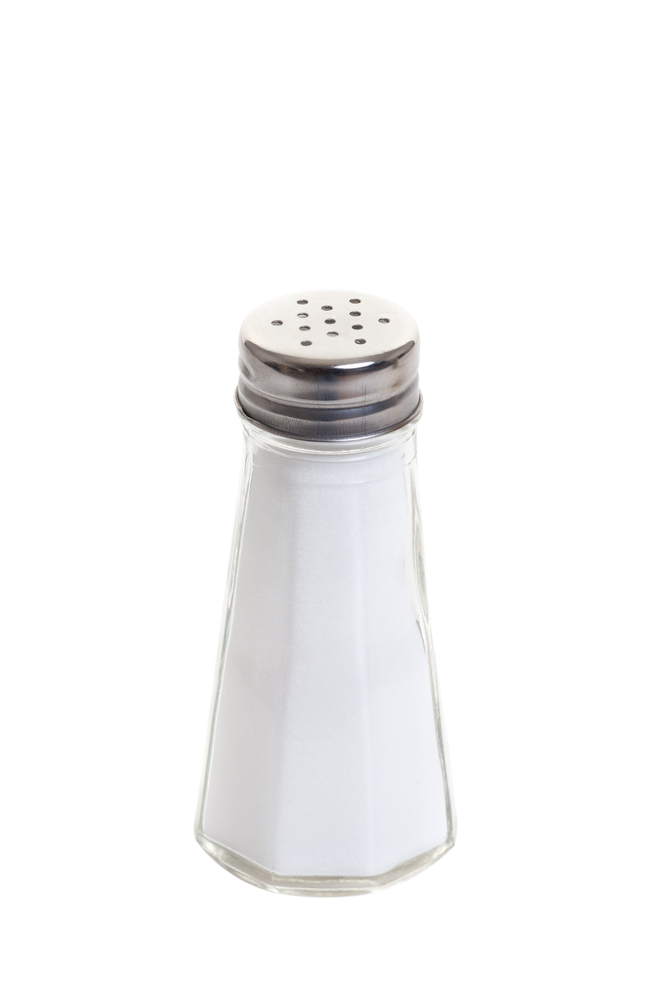
Salt is necessary for life. Without any salt our bodies are unable to work properly. However, in modern society the pendulum has swung very far towards excessive salt in our diet. As the world’s population has shifted from a rural setting towards cities, our diets have changed dramatically. Prepared foods and processed foods now occupy a large part of what we eat and drink.
Normal Salt Intake
In health, our bodies are able to handle 2,000-3,000 mg of salt. Our kidneys are able to excrete the correct amount of salt ensuring that we don’t accumulate extra salt in our bodies. In many cardiopulmonary diseases such as pulmonary arterial hypertension and diastolic heart failure abnormal signals are sent from the heart to the kidneys instructing the kidneys to keep extra salt inside the body. This leads to gradually increasing swelling. As the process progresses we can see the extra salt in the form of leg swelling, abdominal swelling, and gradual weight gain. Eventually breathing becomes much harder.
Salt Intake with Pulmonary Hypertension
A safe amount of salt for most patients with pulmonary hypertension is between 1,500 and 2,000mg of sodium per day. This is about half to two thirds of a teaspoon of salt. To put this in perspective, if you go to McDonalds and order a Big Mac and large french fries you will eat about 2,200mg of salt in one meal. If you cook from scratch you have more control over how much salt is in your food. There are still pitfalls to avoid. Anything in a can is likely to be high in salt (such as canned soups). Cheese, bread, cold cuts, olives, pickles, and especially cottage cheese are all very high in salt. Asian cooking is loaded with salt as soy sauce serves as the base for many sauces and has 2,750mg per tablespoon. Fresh fruits and vegetables have almost no salt. Fresh meat, chicken and fish are also good choices.
Every packaged food you purchase in a store has a nutritional facts label. This allows you to keep track of how much salt you are eating. Be aware of what a serving size is. For example, a can of soup usually has two servings. Each serving has 650mg of salt. If you eat the entire can then you are getting 1300mg of salt. Keep a running tally of your salt intake as you learn how to stay under 1,500 to 2,000 per day.
Don’t be fooled by claims that sea salt is any different from any other salt. It does not matter if the salt if from the sea, the Himalayas or anywhere else. Salt is salt. Whether you spend a dollar for a pound of salt or 20 dollars for a tiny jar of extra-fancy salt, salt is still salt and it all counts towards your total daily salt intake.
No salt does not have to mean no flavor. Herbs and spices are generally free of salt (there are exceptions such as celery salt and spice mixes that include salt). Garlic and chili peppers are another great source of flavor without the salt. Once you make the change to a low salt diet you will be rewarded with much less fluid retention and better breathing.
